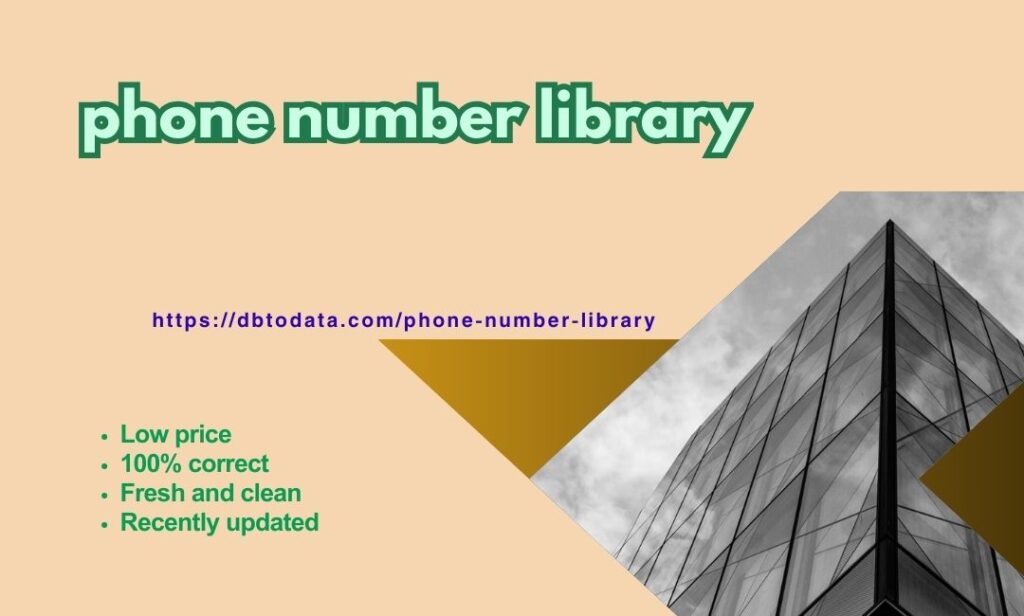Polycam is a cutting-edge technology that allows users to create high-quality. M 3D models from photographs. By using AI to generate scans with the LidAR sensor, Polycam offers a seamless and efficient way to transform real-world objects. M into digital replicas. This new tool opens up a world of possibilities for various industries, from architecture and design to gaming and virtual reality.
The Power of Polycam Technology
Polycam’s ability to generate accurate 3D models from just. M one photo is truly amazing. The combination of AI technologies and the LidAR sensor . M enables users to capture intricate details in real time. Whether you’re looking at historic artifacts, creating realistic visual effects, or designing immersive virtual environments, Polycam provides the tools you need to bring your vision to life.
Enhancing customer service at Polycam
One of the main advantages of using Polycam is its user-friendly interface that makes 3D modeling accessible to everyone. You don’t need honduras phone number library any special equipment or expensive equipment to start creating stunning digital photos – all you need is a smartphone or camera. This democratization of 3D modeling enables artists, designers, educators and hobbyists alike to unleash their creativity without limits.
Applications By Industry
Polycam’s versatility makes it invaluable this all-round brand penetration across a variety of industries. In architecture and construction, professionals can quickly capture building plans and site conditions for accurate planning and visualization. In the entertainment industry, filmmakers and game developers can easily scale supports and sites for seamless integration into their projects. Also in education, teachers can enhance learning experiences by using 3D interactive models for students to explore.
Pushing the boundaries with AI, Generated Scans
The integration of AI into scan generation Resource Data further enhances Polycam’s capabilities. By leveraging artificial intelligence algorithms, the software can automatically process images captured by the LidAR sensor into 3D models in record time. This not only speeds up the modeling process, but also makes it a challenge to achieve higher levels of accuracy manually.

